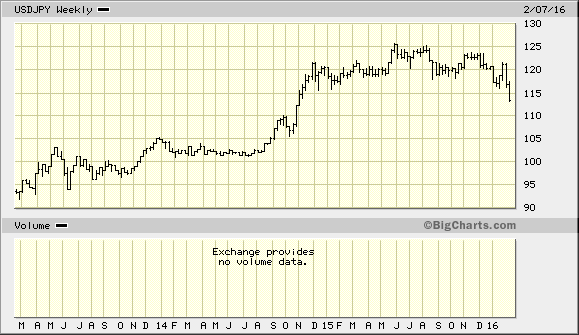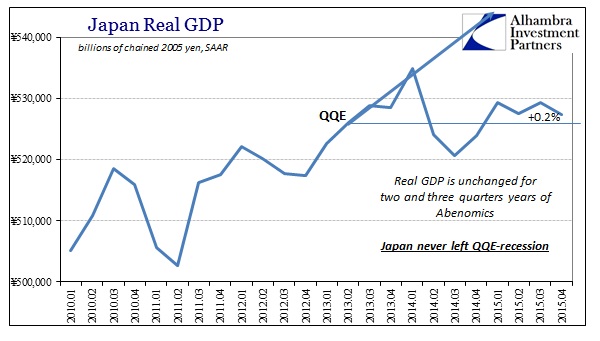Early this morning one might have been forgiven for thinking that Japan had probably just been hit by another tsunami. The Nikkei was down 1,300 points, the yen briefly soared above par. Gold had intermittently gained 100 smackers – if memory serves, the biggest nominal intra-day gain ever recorded (with the possible exception of one or two days in early 1980). Here is a picture of Haruhiko Kuroda in front of his Bloomberg monitor this morning:
 This can’t be happening… please… let me wake up and realize that it was all just a bad dream…
This can’t be happening… please… let me wake up and realize that it was all just a bad dream…
Photo credit: Reuters
The War Street Journal immediately exhorted the poor man to “go big or go home” – in an article brimming with the usual Keynesian central planning clap-trap (we need more inflation, a strong currency is “bad”, rev up the printing presses, yada-yada…)
Touching less than 99 yen to the dollar, this brings Japan’s currency back to where it started just as Abenomics was ramping up in 2013. With interest rates already negative, a weak currency is one of the few tools Japan has at its disposal. A strong currency will be devastating for efforts to engineer inflation. Japan will need to prepare a response.
[…]
Bank of Japan Gov. Haruhiko Kuroda will be under pressure to go deeper on negative rates, even though doing so in the first place, in January, has seen the yen strengthen, not weaken.
[ed. note: yes, do more of what hasn’t worked! This is also straight from the Keynesian playbook…]
[…]
If negative rates aren’t the answer, what is? Increasing asset purchases of bonds and exchange-traded funds are an option, but there is limited room to expand those programs and the effect, only marginal at this point. Mr. Kuroda has been dismissive of more aggressive helicopter money-like moves that toe into fiscal policy.















